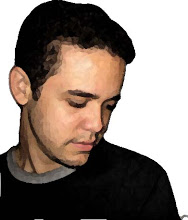There was a time, not too long ago, when studies were focusing on the time spent on screens by adults, teens, pre-teens and kids. Studies evaluated, outside of work or homework, how much time for video gaming, other types of online entertainments and social media was being spent by the different groups. This was to determine what was normal and what was unhealthy.The goal was to drive for balance and to remind/recommend other activities (including spending time outdoors and time with others) as a way to maintain a good/versatile community and promote social interactions away from the electronic devices. Making sure technology connects us, not separate us in an era where information is everywhere, and easy to access.
 |
| Ready Player One movie |
 | ||
| Photo by Mohamed Almari from Pexels - image here |
The usage of the internet has increased all around the world (by 50% in some places). The working from home policy, that many companies have gone through for those type of jobs that allow it, as well as schooling from home, have been a challenge for all those video platforms used for web conferencing and team collaboration (i.e. Microsoft teams, Slack, WebEx, Zoom, GoToMeeting, BlueJeans, GotoMeeting, RedBooth, others), but most importantly for all the ISPs (Internet Service Providers).
Therefore, for the duration of this reality, until we gain control back from this COVID-19 virus, technology is bringing us closer in order to:
- Work
- Study
- Talking and seeing each other as it is complicated to travel, or even see our loved ones and neighbors next to us, or across the street
Having said that, let us continue looking at the signs and the data when it comes to the usage in our daily lives. Let us avoid this point in history which marks a path where the increment of the usage for the digital space (for gaming, web conferences, social media, schooling, etc.) reduces the need of human contact in the future, taking us into a future shown through so many science fiction movies. Technology is a tool, a channel, to be used for our benefit, and not to work against us.
Let us keep in touch, let us be safe, let us continue using creativity and finding innovative ways for us to keep moving forward.
Before we close this article, in this current world crisis, let us say thank you for those in the front-line. Also, give thanks to you, and others that are staying at home.





